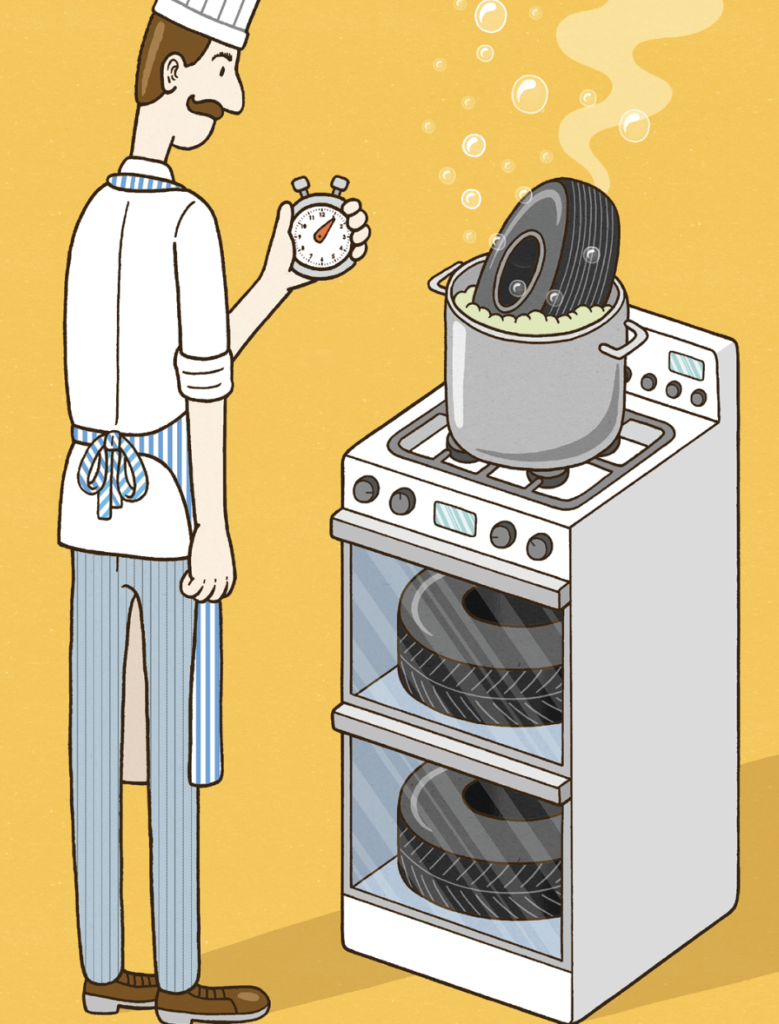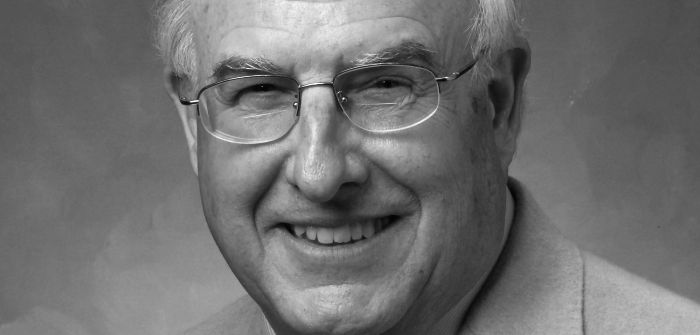One of the seminal advances in the history of rubber was the discovery that a pinch of sulfur added to raw rubber, and then heated at elevated temperatures, ‘cured’ its seemingly insurmountable deficiencies: summer stickiness and winter brittleness. This irreversible sulfur curing process not only weatherized rubber but also enhanced its overall physical properties via the formation of chemical cross-links or ‘three-dimensional sulfur bridges’ between intertwined long-chain macromolecules. Adding more sulfur created more cross-links while the rubber became harder and less hysteretic. Interestingly, cross-linking by other mechanisms occurs in many common phenomena such as drying paint and frying eggs.
The curing process producing rubber-sulfur cross-linking was subsequently dubbed vulcanization after Vulcan, the mythological god of fire. However, the original procedure, discovered by Charles Goodyear in 1839 (see Tire Legends, July 2016, p46), was time-consuming and tedious – often requiring the application of heat for four or more hours. Since then, researchers worldwide have experimented with chemical additives combined with rubber or other vulcanizing mechanisms that would reduce cure times. The combination of chemicals promoting cross-linking is known as the vulcanization system or ‘cure package’.
Today’s cure package for tire compounds is composed of sulfur, an accelerator and an activator. Sulfur, used at 3phr or less, remains the best cross-linking agent for nearly all tire rubber compounds – whether natural or synthetic. Accelerators reduce cure time by increasing the rate of cross-linking compared with sulfur acting alone. Activators assist the accelerator by further promoting cross-linking. The cure package is not added to the unvulcanized compound until the final or productive stage of factory mixing. Prior mix cycles, two or more, are executed with most other compounding ingredients including carbon black, silica, antioxidants, etc. The final mixing stage containing the vulcanizing agents is controlled at a lower temperature (around 110ºC) than prior stages (which are processed at higher temperatures) because the rubber compound could ‘scorch’ or prematurely cross-link. Control of compound heat history during subsequent factory operations such as extrusion and calendering is also crucial for scorch safety. Once all components are assembled, the tire can be vulcanized, usually in the temperature range 145-160°C for 10-15 minutes for an automobile tire. Quite a reduction in vulcanization time (minutes, not hours) from that required in the era of Charles Goodyear.
The principal reason for this significant time reduction in vulcanization is the discovery and use of a wide array of accelerators. While elemental sulfur has remained ever-present in tire compounds for over 100 years, the same is not true for accelerators, which have materially evolved over time. Early accelerators were inorganic metal oxides of lead or zinc – usually included at high loadings. Zinc oxide also served as the principal reinforcing agent for tire compounds until replaced by carbon black after World War I. However, the biggest advance in cure time reduction proved to be the development of organic accelerators early in the 20th century – first aniline and its derivative, thiocarbanilid, followed by an array of complicated (for engineers) synthesized materials beginning in the 1920s. These are used in small amounts and are more readily recognized by their abbreviations such as MBT (a thiazole) and CBS (a sulfenamide); developed decades ago, both are still employed today. In total, compounders now have more than 100 accelerators available for use.
 Activators provide the final boost to the curing system by causing the accelerator to react more efficiently with sulfur in promoting cross-links. The ‘gold standard’ among activators remains inorganic zinc oxide, usually at 2-3phr, and organic stearic acid. Of note, activators are essentially ineffective at increasing the amount of cross-linking in the absence of an accelerator.
Activators provide the final boost to the curing system by causing the accelerator to react more efficiently with sulfur in promoting cross-links. The ‘gold standard’ among activators remains inorganic zinc oxide, usually at 2-3phr, and organic stearic acid. Of note, activators are essentially ineffective at increasing the amount of cross-linking in the absence of an accelerator.
Since their inception, automobile tires have been cured in a time-consuming, labor-intensive batch process. Is it possible to further decrease molding time with a novel cure package or vulcanizing procedure without compromising tire quality? For example, while full electron beam radiation has not proved to be commercially viable for tires, plastics such as PVC are commonly cross-linked in a continuous operation by this method. Are tire curing cycles now fully optimized?
Illustration: Phil Hackett



